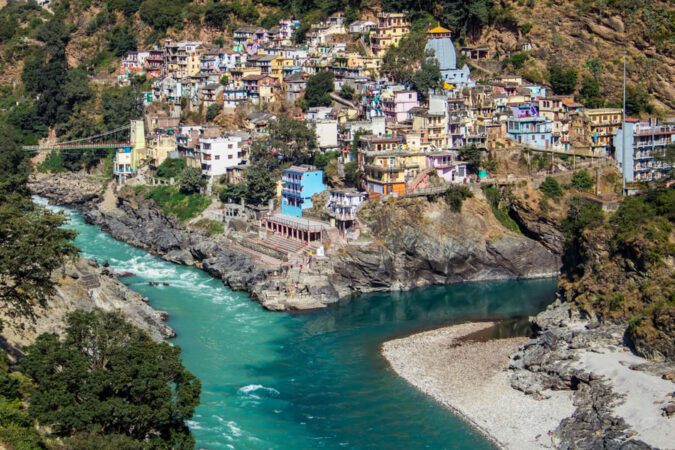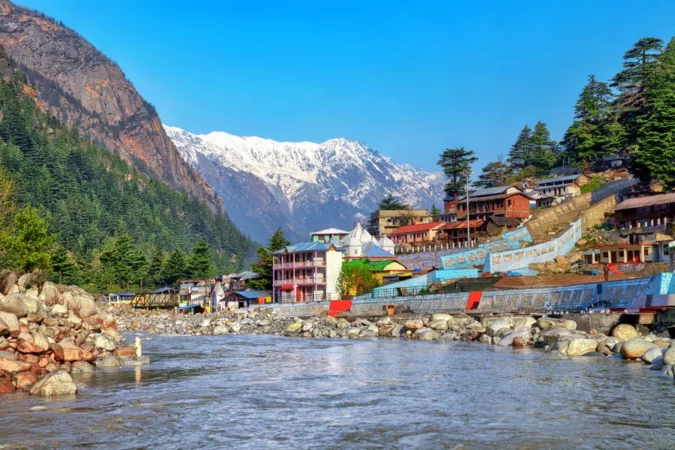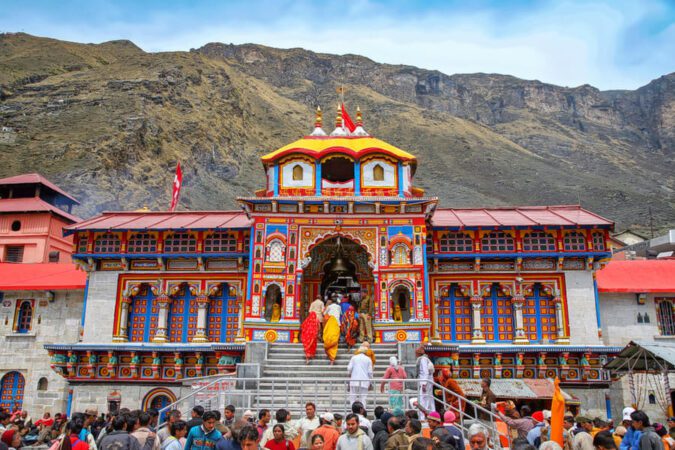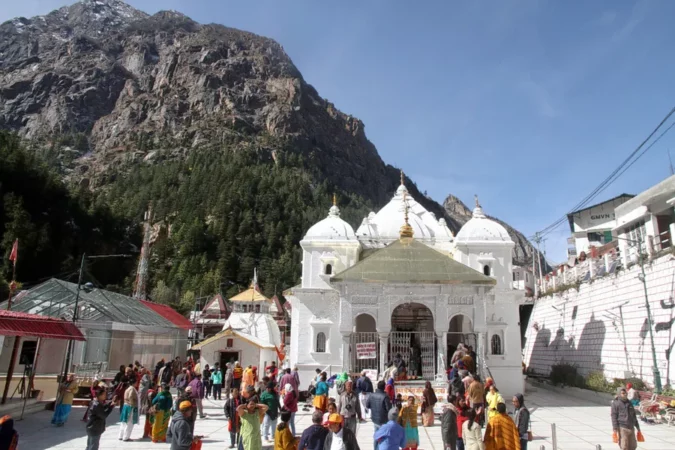Arrival Delhi Airport / Delhi Railway Station, Meet & Assist further drive to Haridwar. Transfer to your Hotel. If time permits visit Mansadevi Temple, Chandidevi Temple, Daksha Mahadev Temples & Others. Also visit Har-ki-Pauri for Ganga Aarti. The ‘Aarti’ worship of the Ganga after sunset and the floating ‘dia’ (lamp) is a moving ritual. Back to your hotel, Night halt.
Haridwar, lying at the feet of Shiva’s hills, i.e., Shivaliks, in the Haridwar district of Uttaranchal Pradesh, is a doorway. Suryavanshi prince Bhagirath performed penance to salvage the souls of his ancestors who had perished due to the curse of sage Kapila. The penance was answered and the river Ganga trickled forth forms Lord Shiva’s locks and its bountiful water revived the sixty thousand sons of king Sagara. In the traditional of Bhagirath, devout Hindus stand in the sacred waters here, praying for salvation of their departed elder. It is doorway to the sources of the Ganga and the Yamuna, 3000 to 4500 meters up into the snowy ranges of the central Himalayas.
Har ki Pauri: It is also known as Brahmakund and it is believed to be the place where divine nectar fell from the pitcher. It is the site for the famous Kumbh Mela which is celebrated in 12 years. Large number of devotees comes especially to Haridwar to take a holy dip in the Ganga River. At twilight, when evening aarti is performed the reflection of the golden diyas that keep floating on the river offers an enchanting view of the ghat to the visitors. This sacred Ghat was built by King Vikramaditya in memory of his brother Bhatrihari, who is said to have meditated on the banks of Ganga in Haridwar.
Chandi Devi Temple: Situated on the top of the Neel Parvat, Chandi Temple was built in 1929 by Suchat Singh, the King of Kashmir. The temple can be reached after a 3km trek from Chandi Ghat. The main statue of Chandi Devi Temple is said to be established by the Adi Shankaracharya in 8th century. Cable car has also been introduced upto Chandi Devi Temple.
Mansa Devi Temple: Mansa Devi temple is perched on the top of the Bilwa Parwat and it is dedicated to Goddess Mansa Devi. Mansa Devi can be reached either by a ropeway that carries pilgrims to the temple or on foot. A statue of the Goddess here has three mouths and five arms, while the other one has eight arms. The temple affords bird’s eye view of Haridwar.
Daksha Mahadev Temple: This ancient Dsksha Mahadev Temple (Daksheswara Mahadev Temple) is located in the south Kankhal with Lord Shiva as its residing deity. According to mythology, this temple is supposed to have been the site of a yagna conducted by Daksha.






